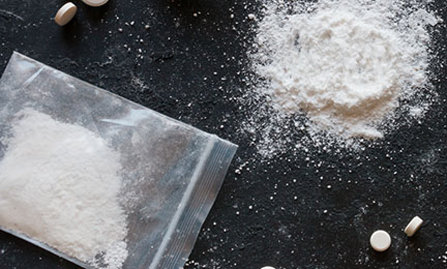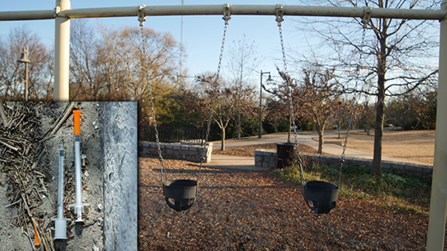Fentanyl Tragedy:
10-Year Old Miami Boy Dies
Every mother tries to protect her children from harm the best she can. But when death can come after exposure to a pin-head sized drop of a drug, the job becomes vastly more challenging. The story of the death of Alton Banks, a ten-year-old in Miami, reveals the heightened drug threat that exists in today’s world of powerful opioids.
In June, after a trip to the pool and a park, Alton began throwing up when he got home and then collapsed. By the time emergency medical personnel arrived, he was dead.
Of course there was an investigation into how he could have received a fatal dose of any drug. Miami-Dade State Attorney Katherine Fernandez Rundle told news services that she did not believe the child was exposed to these drugs in the home. The suspicion was that he might have come in contact with a tiny dose of a very powerful drug at the pool or the park or simply by coming in contact with it on the sidewalk. For a small person like a ten-year-old, there are drugs on the market now that can kill after exposure to a dose the size of a few grains of salt.

While the entire episode has not yet been fully investigated, county officials decided to release this news because of the public threat involved.
How Could Such a Small Dose Kill?
It appears that he probably came in contact with fentanyl, an opioid (synthetic opiate drug) up to 100 times more powerful than heroin. There are other forms of fentanyl—like carfentanil—that are even far more powerful than fentanyl. These drugs have worked their way into illicit drug supplies being sold on the street. Their effects are much the same as heroin, including the way they kill by stopping a person’s breathing.
Sometimes a drug from this fentanyl family is mixed with heroin, sometimes it is mixed with fillers and sold as heroin. This family of drugs is now responsible for killing thousands of people.
If a person is using opioids, it’s extremely likely that some of the supplies he is getting contain a drug from this family, whether he realizes it or not. Fentanyl is often trafficked in powder form and just getting the drug on your skin or breathing the powder is enough to kill you.
Law Enforcement Also in Jeopardy

Law enforcement personnel may come in contact with fentanyl or another drug from this category any time they make a drug arrest. It was just two months ago that an officer in Ohio inadvertently overdosed on this drug by brushing some powder off his sleeve. He was revived with naloxone, the antidote to opioid drugs. But while it usually takes one dose of naloxone to bring a person back from a heroin overdose, it took four doses to bring back Patrolman Chris Green of East Liverpool, Ohio. He had worn gloves and a mask while doing a drug search but absent-mindedly brushed off his sleeve after the arrest was over. That powder was fentanyl and it almost took his life.
What Can a Parent Do?
There are several things parents can do to keep their children safe.

- The park where young Alton Banks may have come in contact with the drugs is a site used by the addicted to inject drugs. A construction manager who works in that area said that his employees have found a dozen used syringes every day at that playground. If you see syringes in your neighborhood or on a playground or worse yet, schoolyard, contact the law enforcement department of your city or county to find out how you can help reduce this menace.
- Learn how to establish a Neighborhood Watch organization in your area and talk to your neighbors—especially those with children—about participating so everyone’s child can be safe.
- Talk to your children’s teachers and school administrators to make sure they have drug prevention classes for every grade, every year.
- Ensure your own children know the dangers of using any drugs themselves or touching any needles, small bags or bottles on playgrounds.
- Educate yourself on the drugs being sold and used these days. The Drug Enforcement Administration has just issued a new report, Drugs of Abuse, with information on all the newest drugs. You can find this report here. You can skip forward to page 38 (past a lot of very technical information) and begin to study the drugs, their effects and what they look like. Read and reread it until you begin to feel educated on these drugs. Then you can educate your children on the dangers and help your family and neighbors know the dangers too.
For more information on identifying the signs and symptoms of use of these drugs, consult the Narconon website for more information. There are some links to help you just below.
Lastly, you may have to become more alert and a little less comfortable in your environment. There are drugs being trafficked, sold and used in your community. Keeping your kids safe and drug-free may take more alertness and attention than ever before in this history of this country. Still, it can be done and with vigilance and education, you can do it.


 ®
®